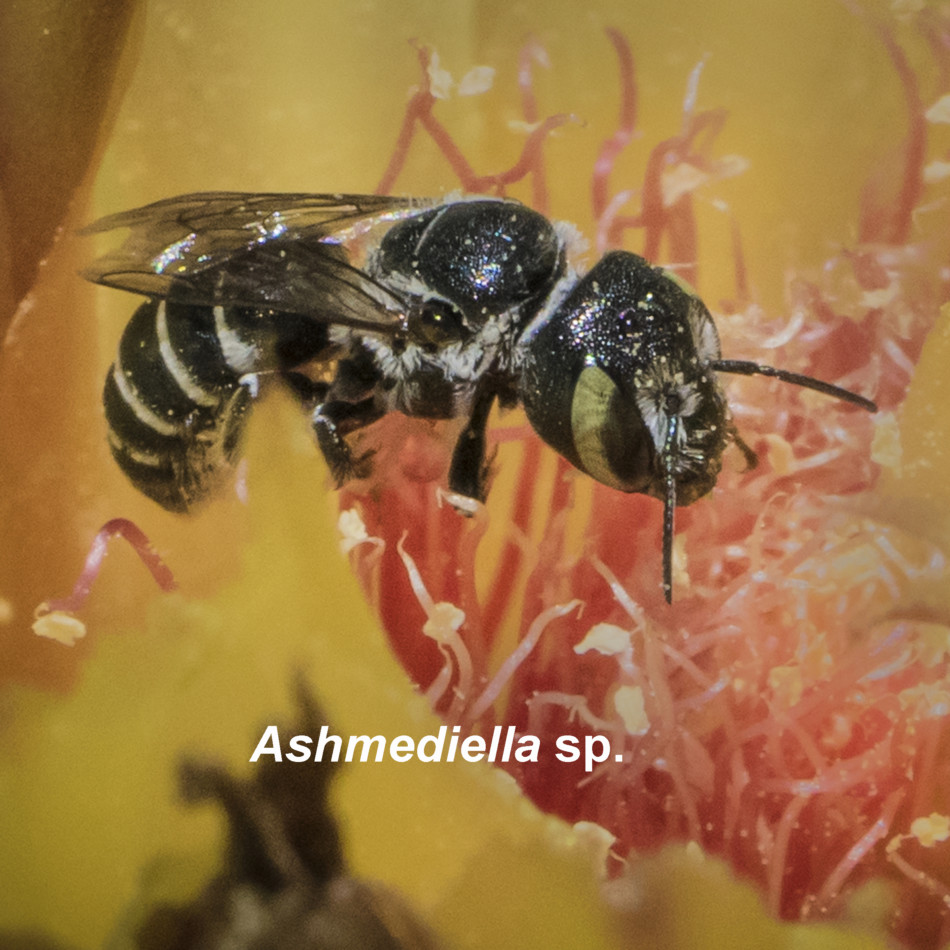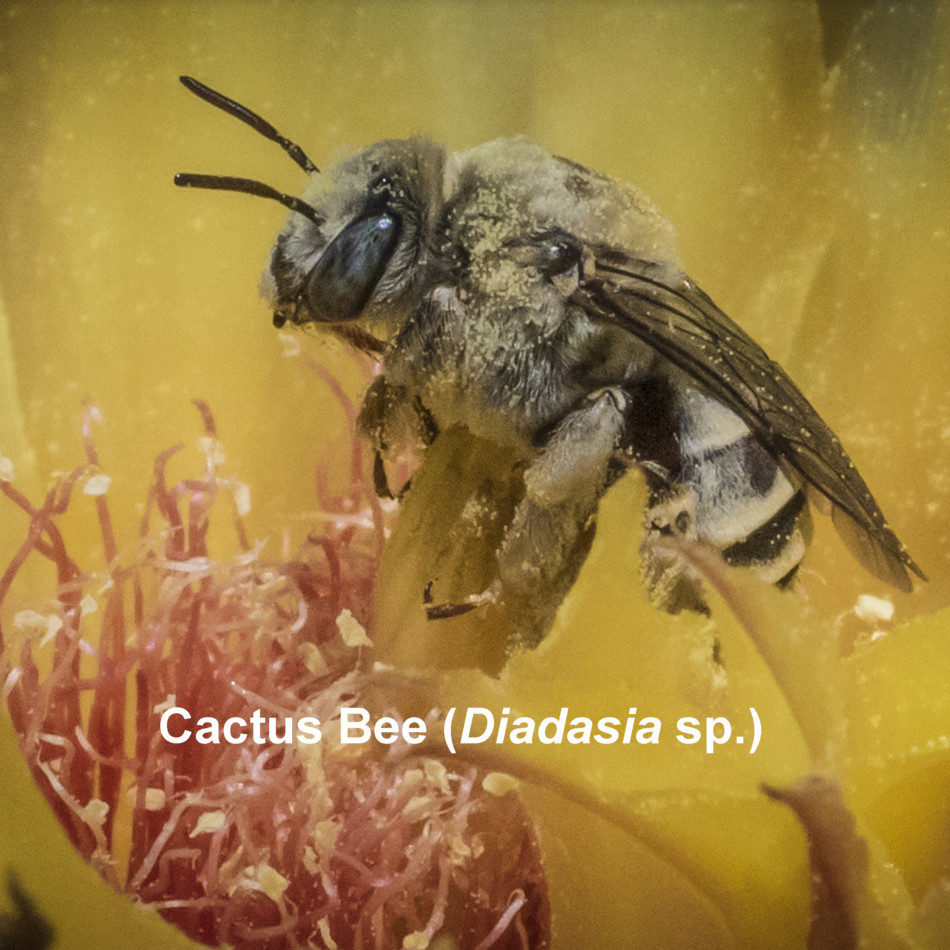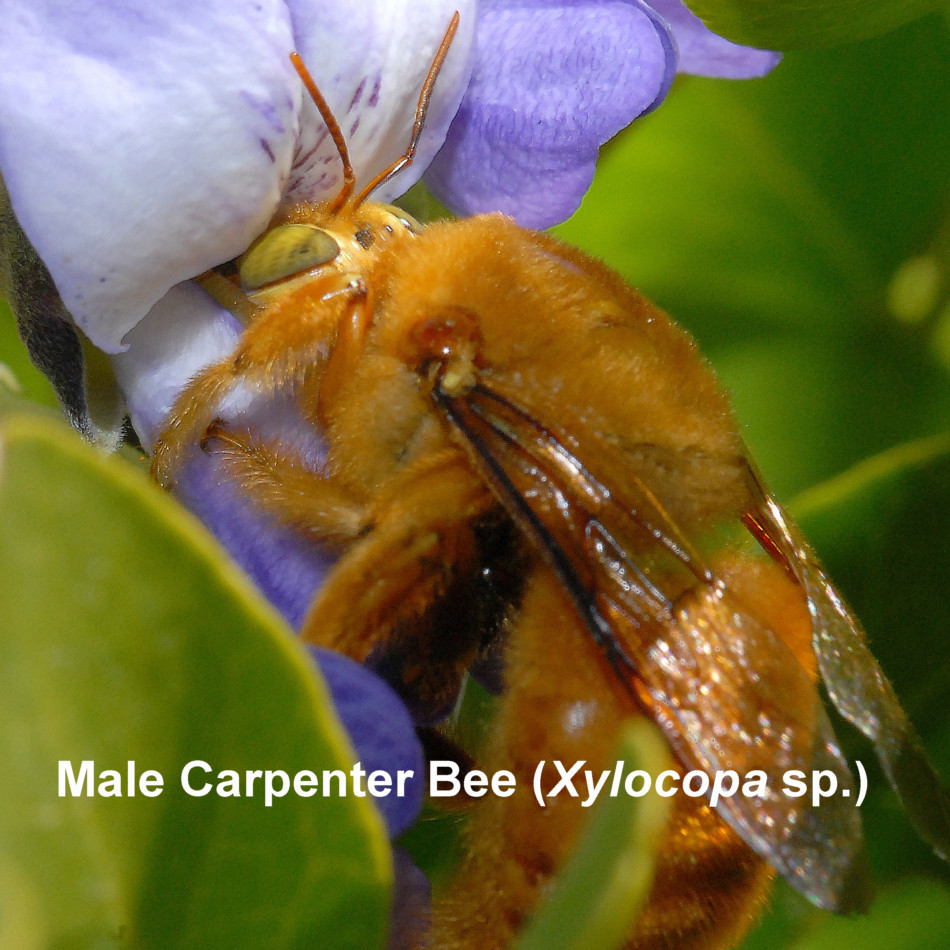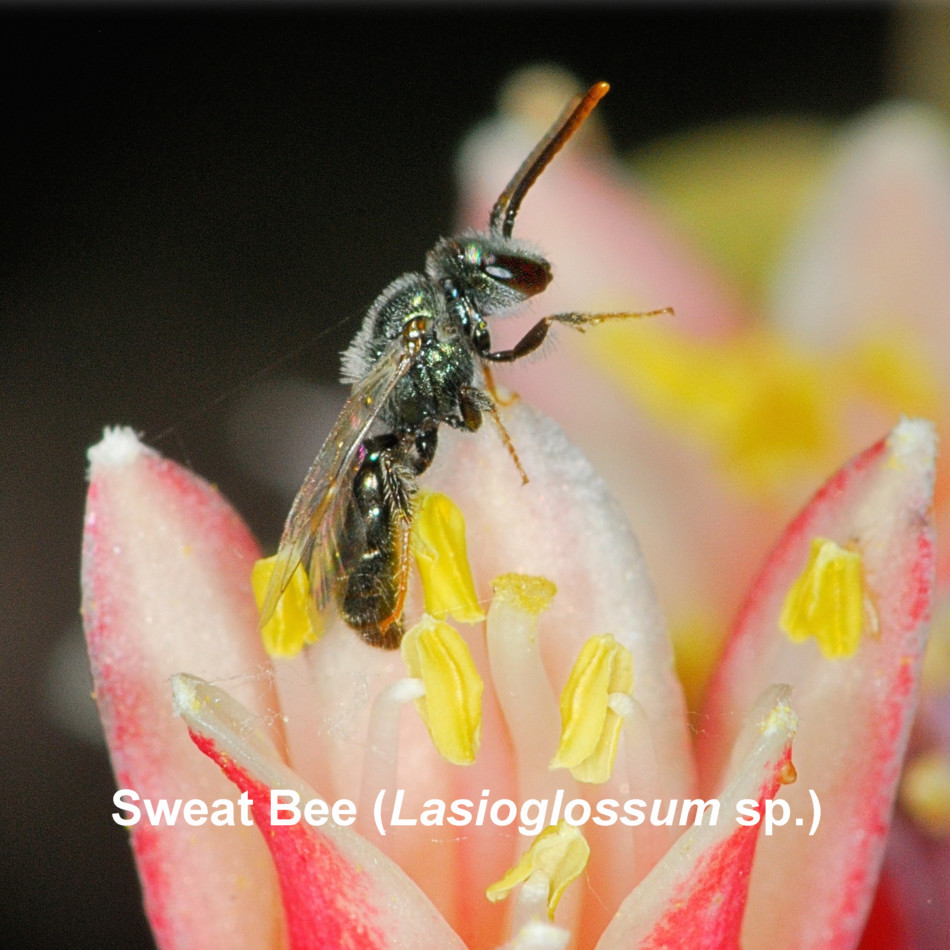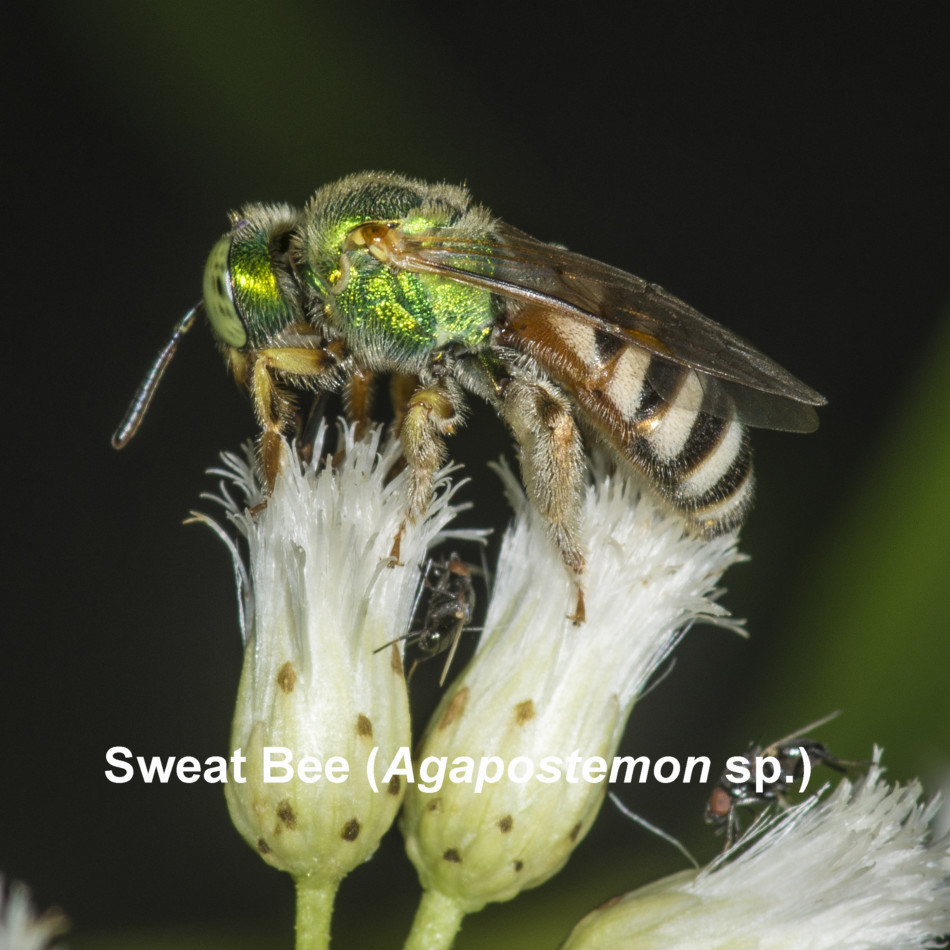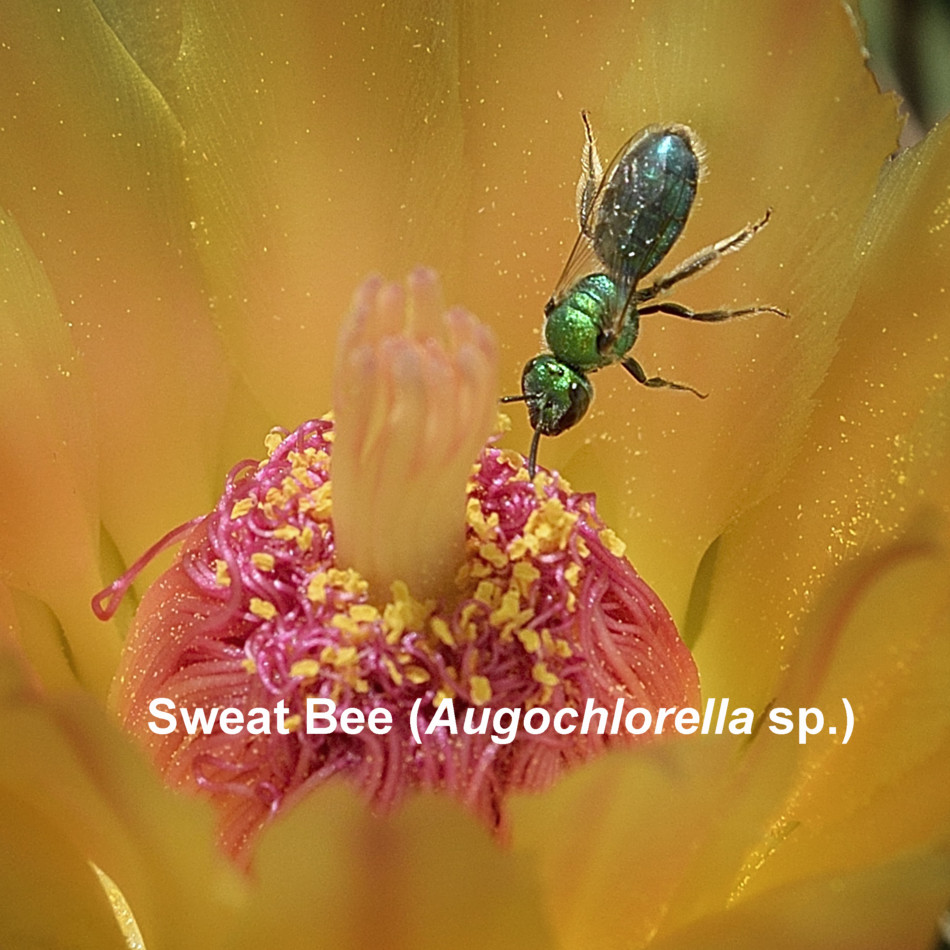May 20 is World Bee Day, and that’s something that we here in the Sonoran Desert have more reasons to celebrate than most. We live in a global hotspot of bee diversity, rivaled only by that of some arid regions around the Mediterranean Sea. Despite this, we know very little about bees, and they’re greatly underappreciated.
The Tucson Bee Collaborative was formed to address this lack of understanding. TBC is a partnership among scientists, students, teachers, artists and volunteers to better understand our regional bee diversity and to inspire wonder and appreciation of these tiny creatures. For the past five years, volunteers with the Arizona-Sonora Desert Museum have been sampling bees from across the Tucson Basin. Because bees are difficult to identify visually, the bees are passed on to students at Pima Community College and the University of Arizona for identification through a tool called DNA barcoding.
But, you might ask, if bees are so hard to identify, how are we going to play Bee Bingo?!? The answer is that while it may be difficult to identify bees to species, it’s not so difficult to recognize different types of bees — for example, a green iridescent sweat bee versus a shiny black carpenter bee.
Scroll down to see our Bee Bingo board, learn how to play, and get tips for finding each of the bees.
 How to Play
How to Play
In many bingo games, players sit at tables while a caller shouts out numbers pulled at random. But with Bee Bingo, you go outside and get involved! That’s right. Over the next two weeks, from May 20 through June 3, we encourage you to explore your neighborhood, go on hikes, and read up on bees and the flowers they need and love. When you see a bee or one of the pollinator-friendly plants listed on this board somewhere in nature, keep track of your find. Be one of the first five people to get five in a row — horizontally, vertically, or diagonally — and you win a prize.
What counts as a win in Bee Bingo?
Seeing five bees or plants in a row listed on the board — whether horizontally, vertically, or diagonally. No need to take photos to prove each find. Honor-system rules. You can print the board or just keep track in your head.
How do I let you know I got Bee Bingo?
Go to the original Facebook or Instagram post from May 20, and comment directly to that post. Let us know you got Bee Bingo, and share any fun stories from where you found your bees. You can also attach your best photos to the post. Not on social media? Feel free to email us to let us know.
How long does the game last?
From May 20 through June 3. Enough time to explore, find bees, and have fun with friends and family.
Is there a prize for getting Bee Bingo?
Yes! The first two people to get Bee Bingo will get a free day pass to the Arizona-Sonora Desert Museum, and the first five will get a water bottle from Sky Island Alliance. We’ll be in touch with winners directly via email or social media.
Tips for Finding This Year’s Bees
Cactus and globe mallow are great flowers to find native bees, which in Tucson is any bee other than a honeybee. Also, the flowers of some of our desert trees, such as palo verde and mesquite, are buzzing right now. Below are some additional tips for finding each kind of bee listed on our board.
- Ground-nesting
- Oversized pollen-collecting hairs on back legs
- Good at pollinating tomatoes and chiles
- Aboveground cavity-nesting and ground-nesting
- Pollen-collecting hairs on the underside of abdomen
- Red or black abdomen
- Diadasia means “completely thick and hairy”
- Ground nesting in large aggregations
- Some species collect pollen only from cactus flowers
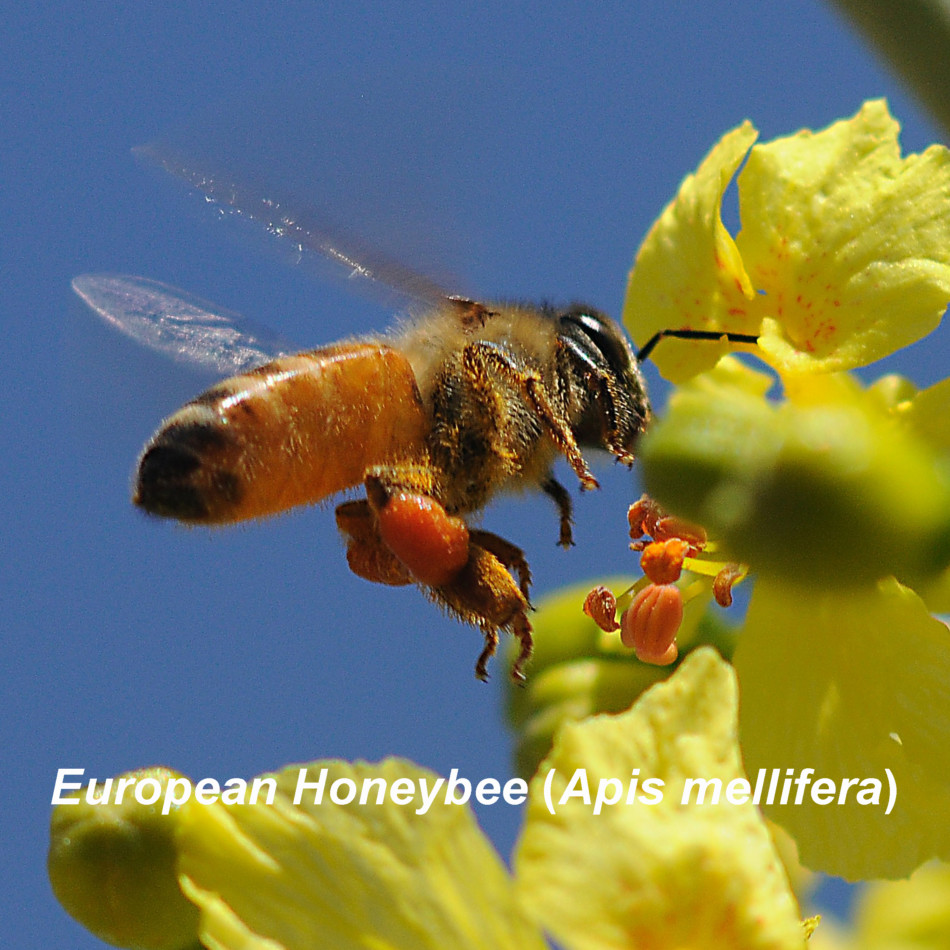 European Honeybee (Apis mellifera)
European Honeybee (Apis mellifera)
- Nonnative bee imported from Europe
- Highly social, unlike most native bees
- Nearly all feral honeybees in Arizona are Africanized
- Chew holes in wood to make nest cavities
- Massive, slow-flying bees
- Can look scary, but are actually gentle giants highly unlikely to sting
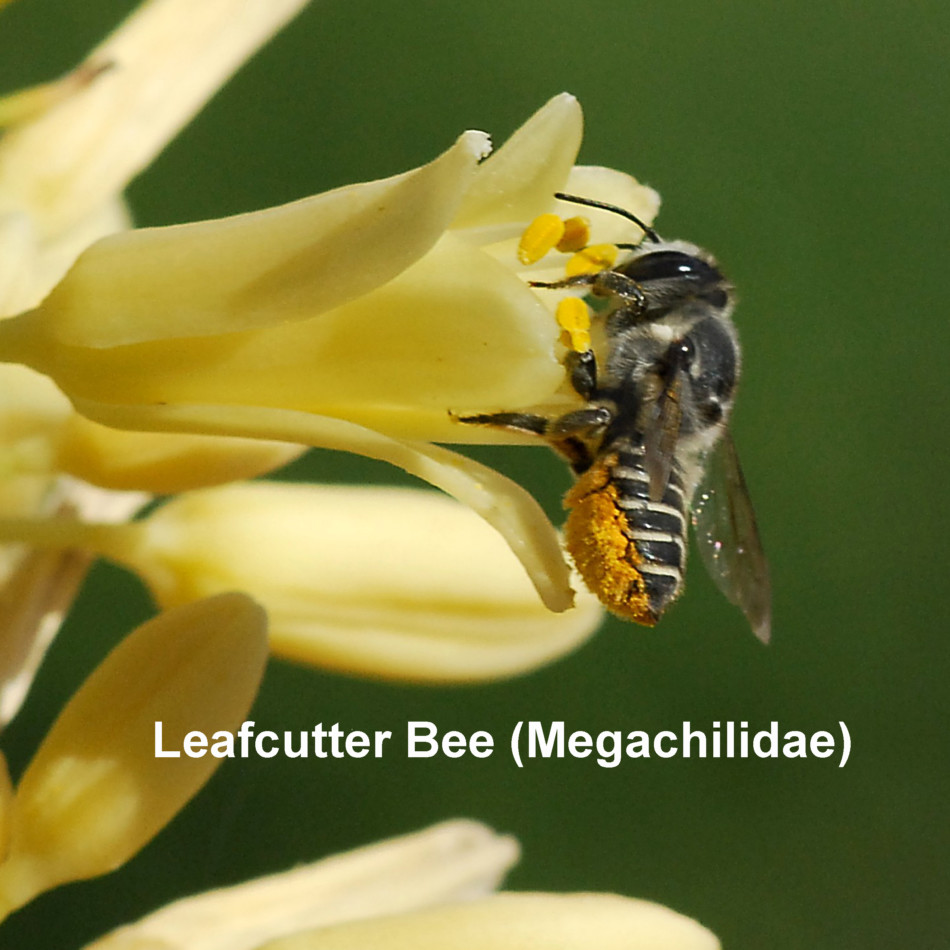 Leafcutter Bee (Megachilidae Family)
Leafcutter Bee (Megachilidae Family)
- Pollen-collecting hairs on the underside of abdomen
- Cuts out a circular piece of a leaf to use in constructing nest
- Some leafcutter bees are important crop pollinators
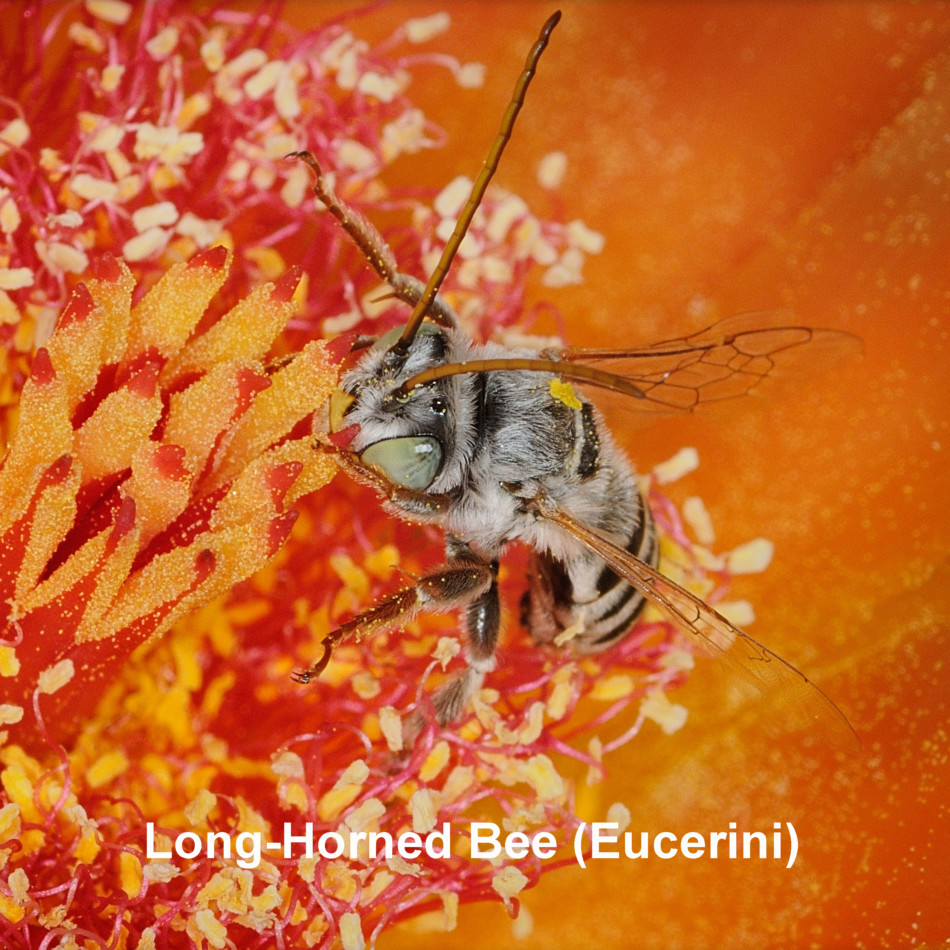 Long-horned Bee (Eucerini Tribe)
Long-horned Bee (Eucerini Tribe)
- Males have very long antennae
- Solitary, ground-nesting
- Hairy medium-sized bees, often in globemallow flowers
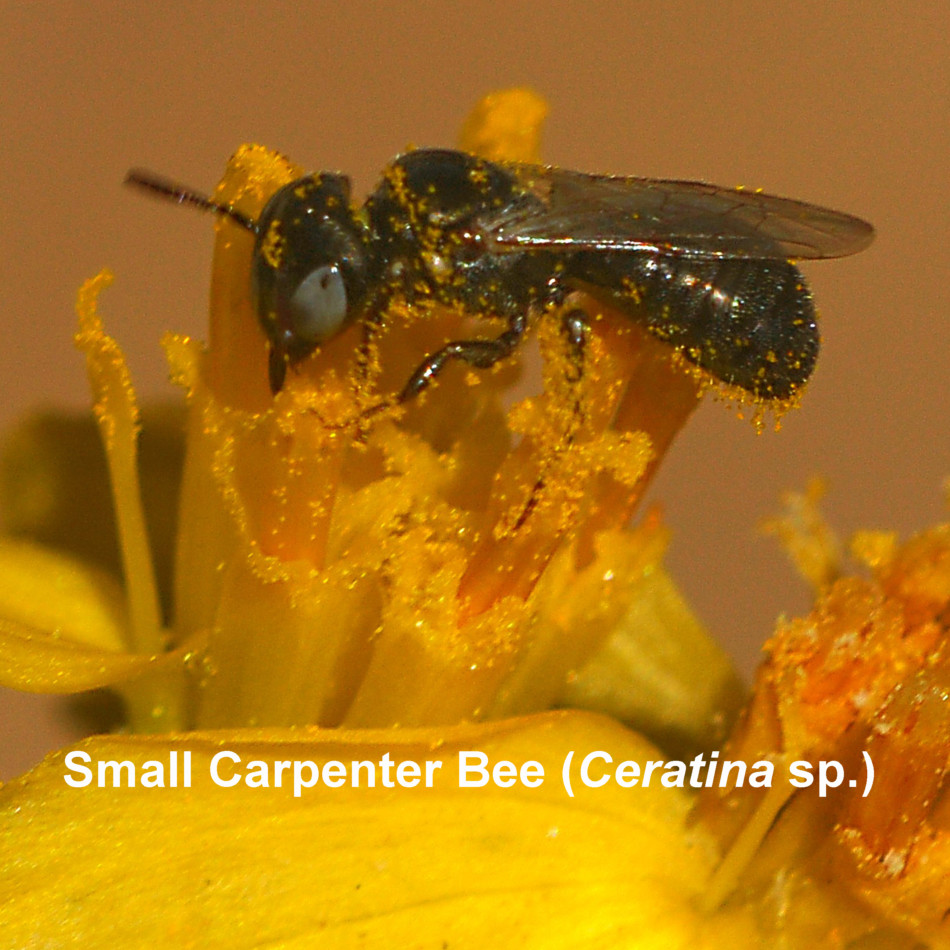 Small Carpenter Bee (Ceratina sp.)
Small Carpenter Bee (Ceratina sp.)
- May have white facial markings
- Chew nest holes in old wood
- Some species can have female offspring without mating (parthenogenesis)
- Most abundant bees in North America
- Some species are highly social; nearly all are very small
- Attracted to human sweat
- Brilliant metallic green, may have yellow-striped abdomen
- Agapostemon means “stamen loving”
- Solitary, ground-nesting
- Metallic green color
- Primitively social, ground-nesting
- Only two species west of the Great Plains


